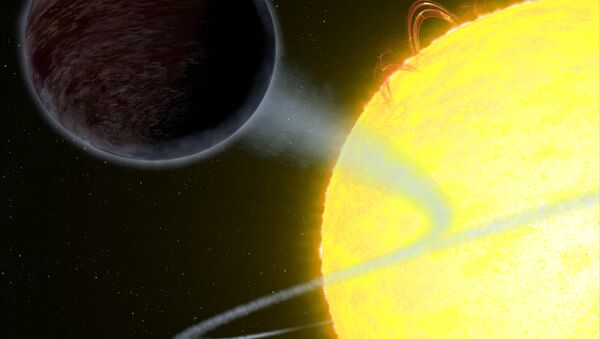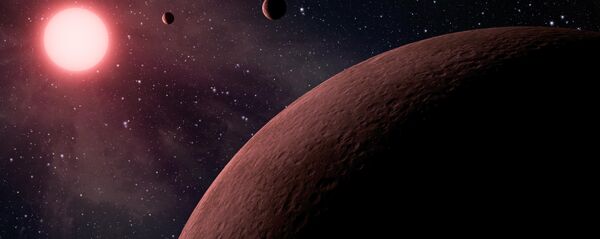The exoplanet, called WASP-12b and located approximately 1,400 light years away from Sol in the Auriga constellation, was first spotted back in 2008.
According to NASA’s official website, the planet belongs to the so called ‘hot Jupiter’ class – “gigantic, gaseous planets that orbit very close to their host star and are heated to extreme temperatures.”
The planet appears to be so hot, with the temperature on its day side reaching up to 4,600 degrees Fahrenheit, that most molecules cannot survive there. And as clouds cannot form there, incoming light does not get reflected back into space but instead penetrates the planet’s atmosphere where it gets converted into heat energy.
"This new Hubble research further demonstrates the vast diversity among the strange population of hot Jupiters. You can have planets like WASP-12b that are 4,600 degrees Fahrenheit and some that are 2,200 degrees Fahrenheit, and they're both called hot Jupiters. Past observations of hot Jupiters indicate that the temperature difference between the day and night sides of the planet increases with hotter day sides. This previous research suggests that more heat is being pumped into the day side of the planet, but the processes, such as winds, that carry the heat to the night side of the planet don't keep up the pace," Bell said.


